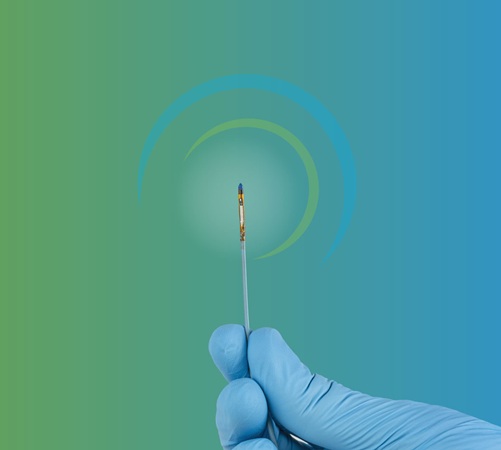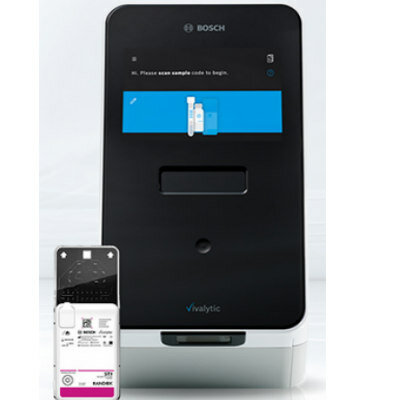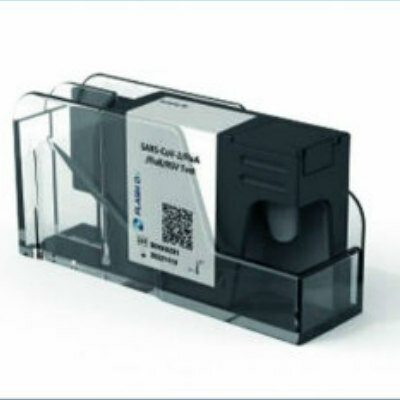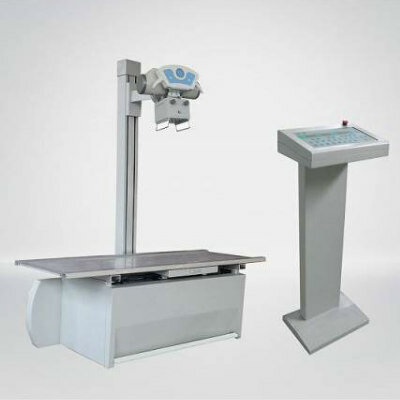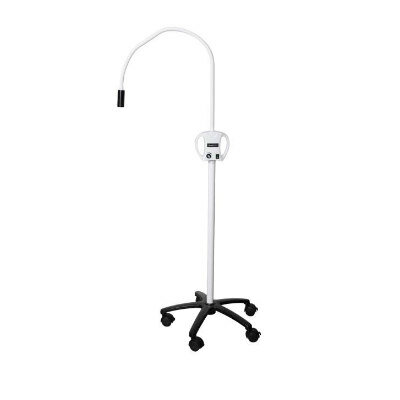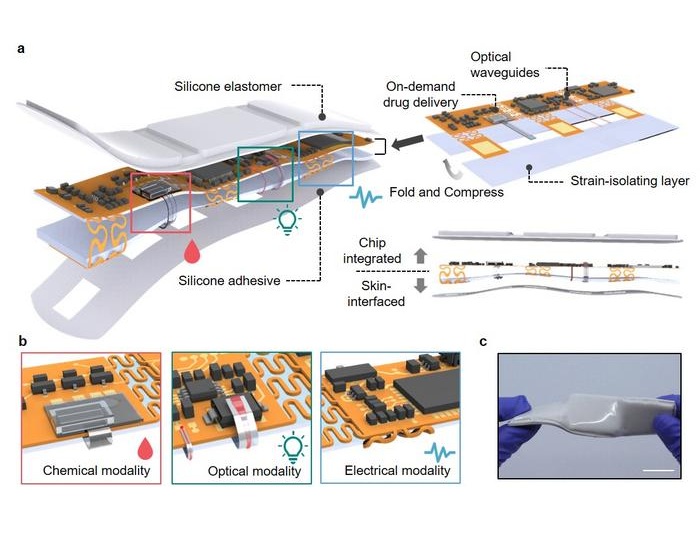New Feeding Tube Connectors Improve Patient Safety
|
By HospiMedica International staff writers Posted on 01 Sep 2014 |
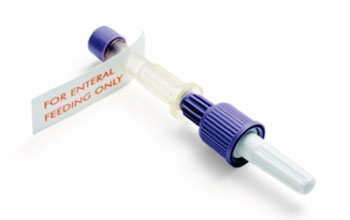
Image: An example of the new feeding tube connector (Spikeright Plus by Nestle) (Photo courtesy of Nestle Nutrition).
New feeding tube connectors designed by an international standards process will greatly reduce the incidence of harmful, even fatal, misconnections.
Developed by the Global Enteral Device Supplier Association (GEDSA; Columbus, OH, USA), an international working group of enteral feeding tube manufacturers, distributors, and suppliers, the new connectors are an important step to improve patient safety. Current Luer connectors have a universal design, which allows for connections between devices that are not intended to connect (for example, feeding tube to a ventilator suction catheter; feeding tube to a tracheotomy tube; blood pressure monitor to an IV line, etc.). The new connectors, designed under an International Organization of Standardization (ISO) standards development process will put an end to these misconnections.
The new connector has a unique enteral-specific design that does not allow it to be connected to any other type of connector, and provides a locking feature that signals the appropriate connection has been made and stays in place. A female connector end for administration sets and syringes fits into the male connector end of feeding tube. The new standards will impact syringes, as well as feeding tubes; enteral-specific syringes with the new standard female connector will be required to connect to feeding tubes with the new standard male connector for medication administration, flushing, and bolus feeding.
Feeding/administration sets with the new adapters will start to be distributed in the fourth quarter of 2014. Transition connectors (adapters) will be introduced to allow the new feeding sets and syringes to connect to existing g- and/or j-tubes, minimizing disruption to consumers and allowing compatibility with existing feeding tubes during the introduction period, helping to synchronize the introduction of the new connector system. Eventually, the adapters will be phased out as sets, syringes, and feeding tubes with the new connector will become readily available.
“This has been a serious concern for decades and one for which we have long advocated for a solution,” said Peggi Guenter, PhD, RN, senior director of clinical practice, advocacy, and research affairs for the American Society for Parenteral and Enteral Nutrition (ASPEN; Silver Spring, MD, USA), who reviewed the new connector in the August 2014 issue of Nutrition in Clinical Practice. “Our mission is to ensure that feeding systems for patients are as safe and effective as possible. We are honored to play a vital role in helping to bring this advance about and to inform the healthcare community about its availability.”
Related Links:
Global Enteral Device Supplier Association
American Society for Parenteral and Enteral Nutrition
Developed by the Global Enteral Device Supplier Association (GEDSA; Columbus, OH, USA), an international working group of enteral feeding tube manufacturers, distributors, and suppliers, the new connectors are an important step to improve patient safety. Current Luer connectors have a universal design, which allows for connections between devices that are not intended to connect (for example, feeding tube to a ventilator suction catheter; feeding tube to a tracheotomy tube; blood pressure monitor to an IV line, etc.). The new connectors, designed under an International Organization of Standardization (ISO) standards development process will put an end to these misconnections.
The new connector has a unique enteral-specific design that does not allow it to be connected to any other type of connector, and provides a locking feature that signals the appropriate connection has been made and stays in place. A female connector end for administration sets and syringes fits into the male connector end of feeding tube. The new standards will impact syringes, as well as feeding tubes; enteral-specific syringes with the new standard female connector will be required to connect to feeding tubes with the new standard male connector for medication administration, flushing, and bolus feeding.
Feeding/administration sets with the new adapters will start to be distributed in the fourth quarter of 2014. Transition connectors (adapters) will be introduced to allow the new feeding sets and syringes to connect to existing g- and/or j-tubes, minimizing disruption to consumers and allowing compatibility with existing feeding tubes during the introduction period, helping to synchronize the introduction of the new connector system. Eventually, the adapters will be phased out as sets, syringes, and feeding tubes with the new connector will become readily available.
“This has been a serious concern for decades and one for which we have long advocated for a solution,” said Peggi Guenter, PhD, RN, senior director of clinical practice, advocacy, and research affairs for the American Society for Parenteral and Enteral Nutrition (ASPEN; Silver Spring, MD, USA), who reviewed the new connector in the August 2014 issue of Nutrition in Clinical Practice. “Our mission is to ensure that feeding systems for patients are as safe and effective as possible. We are honored to play a vital role in helping to bring this advance about and to inform the healthcare community about its availability.”
Related Links:
Global Enteral Device Supplier Association
American Society for Parenteral and Enteral Nutrition
Latest Critical Care News
- Novel Coating Significantly Extends Longevity of Implantable Biosensors
- Nanogel-Based Drug Delivery Technology to Improve UTI Treatment
- New IV Pole Improves Safety and Ease of Administering IV Medications at Hospital Bedside
- Battery-Powered Wearable Device Monitors Joint Pain

- Wireless Pacifier Monitors Vitals of NICU Babies Without Need for Painful Blood Draws
- Breakthrough Sensor Technology Tracks Stroke After Effects
- New Study Demonstrates AI-Assisted Detection of Reduced Ejection Fraction
- Novel 3D Adipose Tissue Bioprinting Method to Find Applications in Regenerative Medicine
- Miniaturized Pacemaker for Newborns Found Safe and Effective for Up to Two Years
- World’s First 3D Neural Electrode Uses Soft Actuation Technology to Avoid Nerve Damage
- Smartwatch Algorithm Detects Cardiac Arrest

- Blood-Brain Barrier “Organ Chip” Treats Brain Tumors Unreachable by Chemotherapy
- AI Model Could Use ECG Tests to Detect Premature Aging and Cognitive Decline
- World-First Technology Uses Real-Time ECG Signal Analysis for Accurate CVAD Placement

- AI Outperforms Humans at Analyzing Long-Term ECG Recordings
- Smart Sensor Enables Precise, Self-Powered Tracking of Healing Wounds
Channels
Artificial Intelligence
view channel
Innovative Risk Score Predicts Heart Attack or Stroke in Kidney Transplant Candidates
Heart researchers have utilized an innovative risk assessment score to accurately predict whether patients being evaluated for kidney transplants are at risk for future major cardiac events, such as a... Read more
AI Algorithm Detects Early-Stage Metabolic-Associated Steatotic Liver Disease Using EHRs
Liver disease, which is treatable when detected early, often goes unnoticed until it reaches advanced stages. Metabolic-associated steatotic liver disease (MASLD), the most prevalent form of liver disease,... Read moreSurgical Techniques
view channel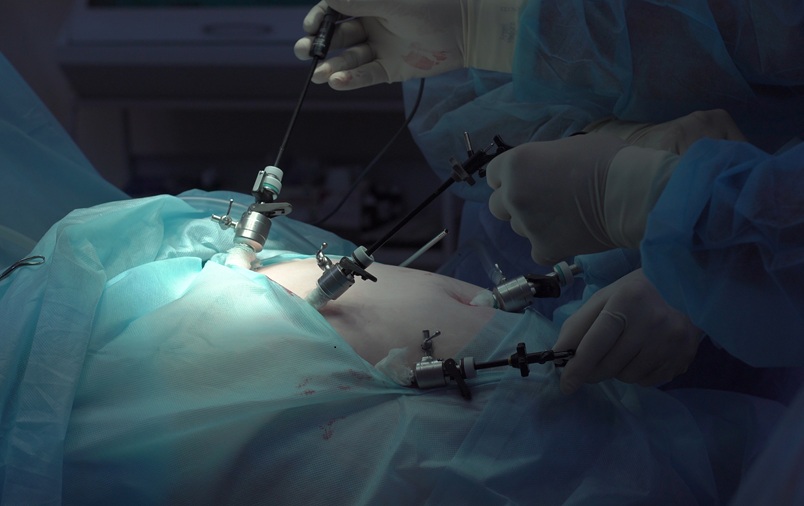
Easy-To-Apply Gel Could Prevent Formation of Post-Surgical Abdominal Adhesions
Surgical adhesions are a frequent and often life-threatening complication following open or laparoscopic abdominal surgery. These adhesions develop in the weeks following surgery as the body heals.... Read more
Groundbreaking Leadless Pacemaker to Prevent Invasive Surgeries for Children
Leadless pacemakers marked a significant advancement in cardiac care, primarily because traditional pacemakers are dependent on leads, which are prone to breakage over time. Currently, two FDA-approved... Read morePatient Care
view channel
Portable Biosensor Platform to Reduce Hospital-Acquired Infections
Approximately 4 million patients in the European Union acquire healthcare-associated infections (HAIs) or nosocomial infections each year, with around 37,000 deaths directly resulting from these infections,... Read moreFirst-Of-Its-Kind Portable Germicidal Light Technology Disinfects High-Touch Clinical Surfaces in Seconds
Reducing healthcare-acquired infections (HAIs) remains a pressing issue within global healthcare systems. In the United States alone, 1.7 million patients contract HAIs annually, leading to approximately... Read more
Surgical Capacity Optimization Solution Helps Hospitals Boost OR Utilization
An innovative solution has the capability to transform surgical capacity utilization by targeting the root cause of surgical block time inefficiencies. Fujitsu Limited’s (Tokyo, Japan) Surgical Capacity... Read more
Game-Changing Innovation in Surgical Instrument Sterilization Significantly Improves OR Throughput
A groundbreaking innovation enables hospitals to significantly improve instrument processing time and throughput in operating rooms (ORs) and sterile processing departments. Turbett Surgical, Inc.... Read moreHealth IT
view channel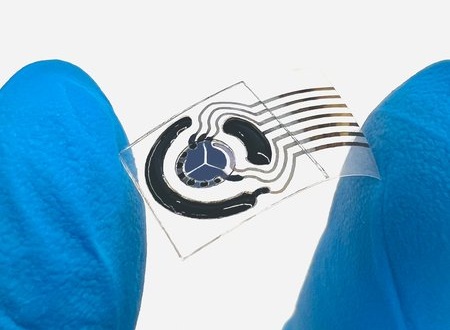
Printable Molecule-Selective Nanoparticles Enable Mass Production of Wearable Biosensors
The future of medicine is likely to focus on the personalization of healthcare—understanding exactly what an individual requires and delivering the appropriate combination of nutrients, metabolites, and... Read more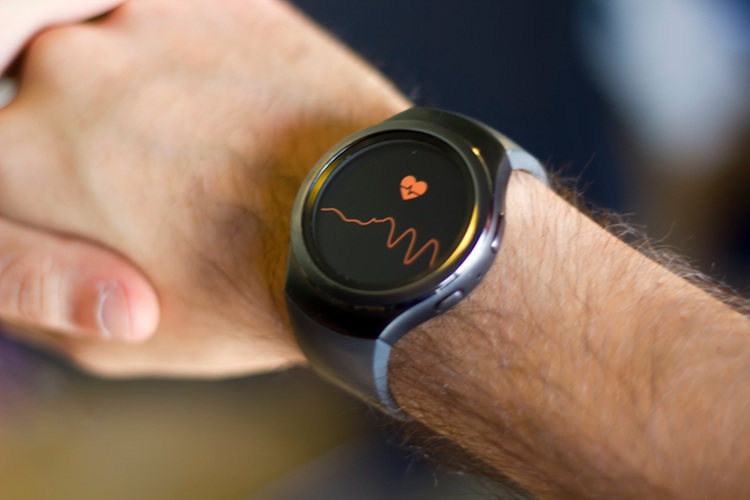
Smartwatches Could Detect Congestive Heart Failure
Diagnosing congestive heart failure (CHF) typically requires expensive and time-consuming imaging techniques like echocardiography, also known as cardiac ultrasound. Previously, detecting CHF by analyzing... Read morePoint of Care
view channel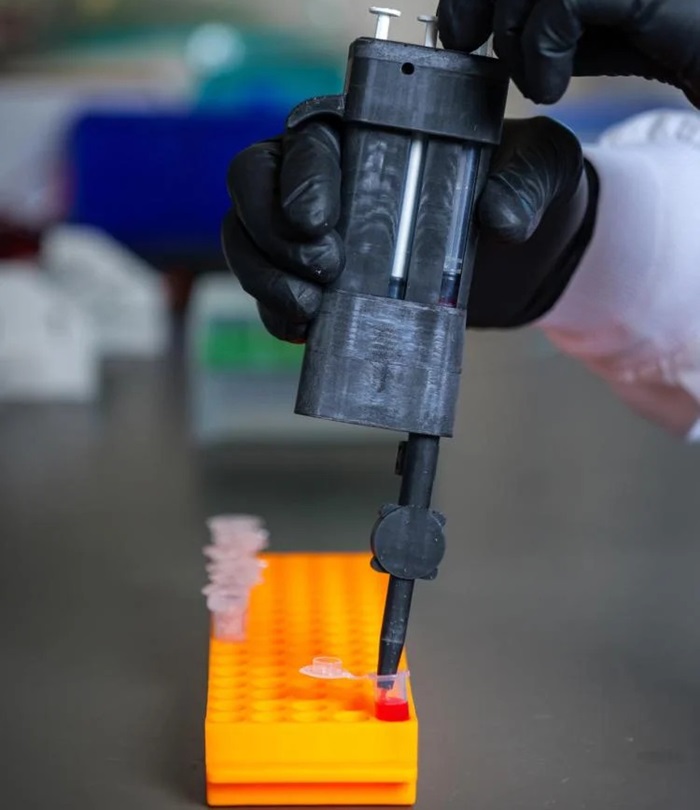
Handheld, Sound-Based Diagnostic System Delivers Bedside Blood Test Results in An Hour
Patients who go to a doctor for a blood test often have to contend with a needle and syringe, followed by a long wait—sometimes hours or even days—for lab results. Scientists have been working hard to... Read more
Smartphone-Enabled, Paper-Based Quantitative Diagnostic Platform Transforms POC Testing
Point-of-care diagnostics are crucial for public health, offering rapid, on-site testing that enables prompt diagnosis and treatment. This is especially valuable in remote or underserved regions where... Read moreBusiness
view channel
Becton Dickinson to Spin Out Biosciences and Diagnostic Solutions Business
Becton, Dickinson and Company (BD, Franklin Lakes, NJ, USA), has announced that its board of directors has unanimously authorized BD management to pursue a plan to separate BD's Biosciences and Diagnostic... Read more